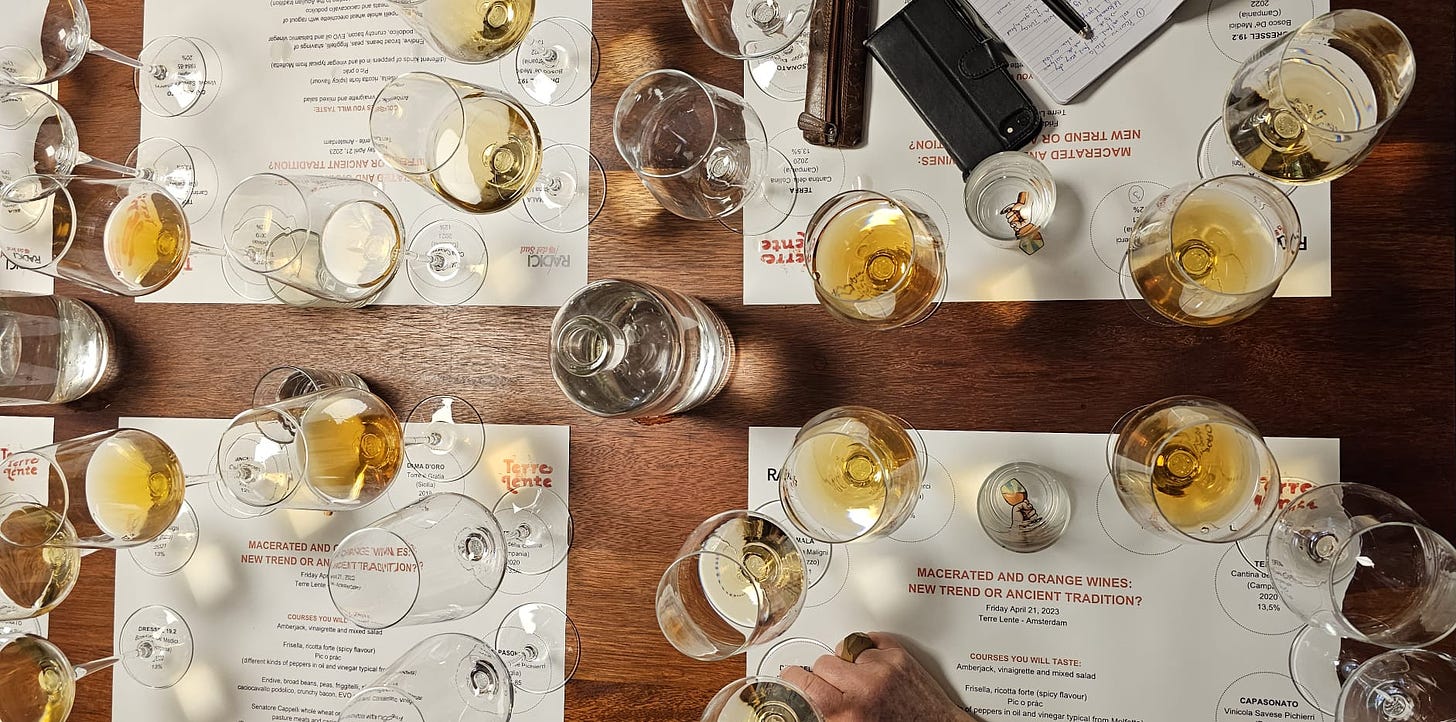Exploring Southern Italy with Radici del Sud
Simon reports on a superb evening tasting Southern Italian wines and pairing them with delicious food from their home regions.
Ever since it was unified in 1861, Italy has struggled with its north/south divide. Outdated cliche or not, the north is supposedly affluent and commerce-focused, while Southern Italy is the poorer, less sophisticated cousin, looked down on by their richer northern neighbours. These stereotypes also pervade Italy's wine. All of the country's blue-chip r…
Keep reading with a 7-day free trial
Subscribe to The Morning Claret to keep reading this post and get 7 days of free access to the full post archives.




